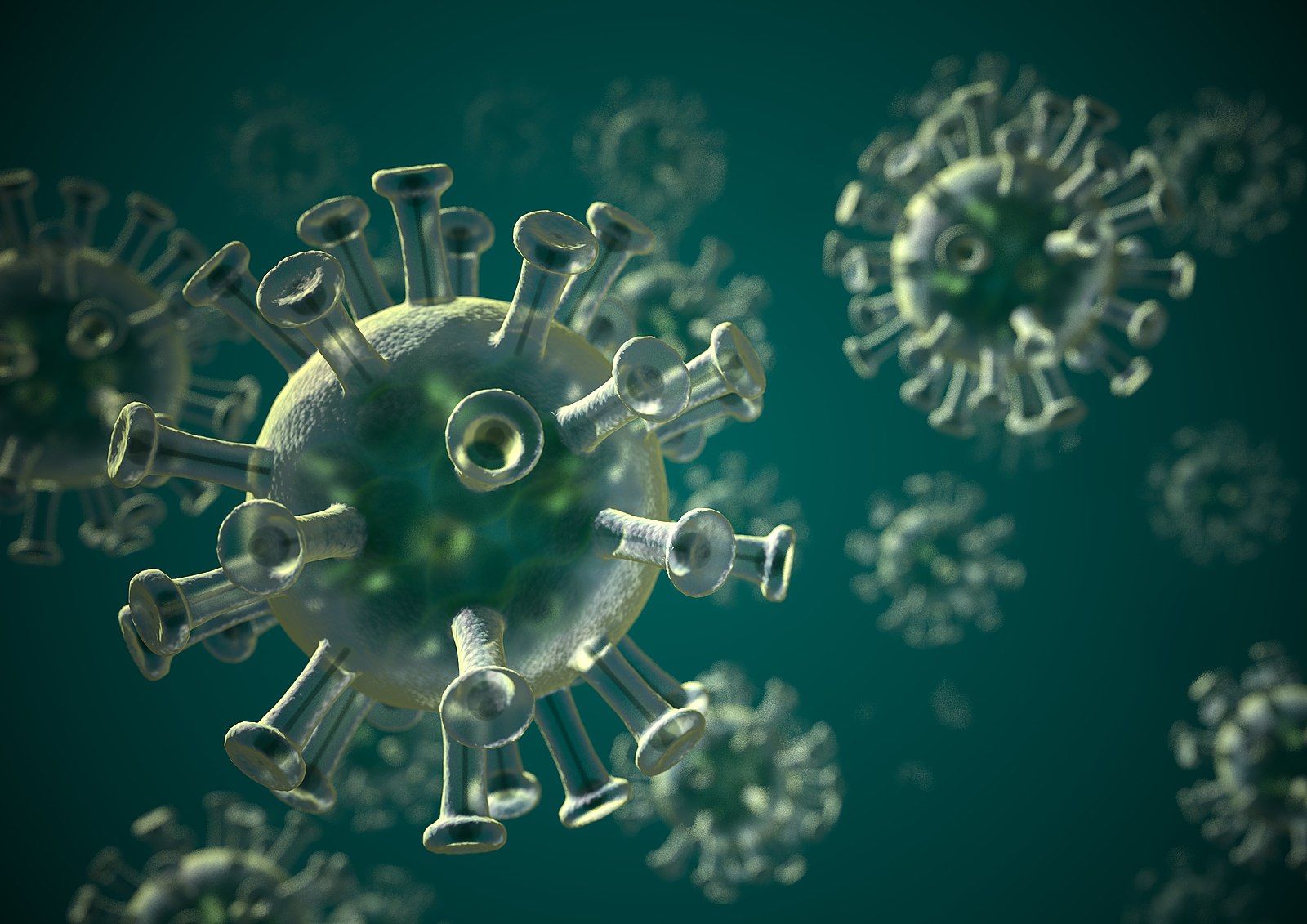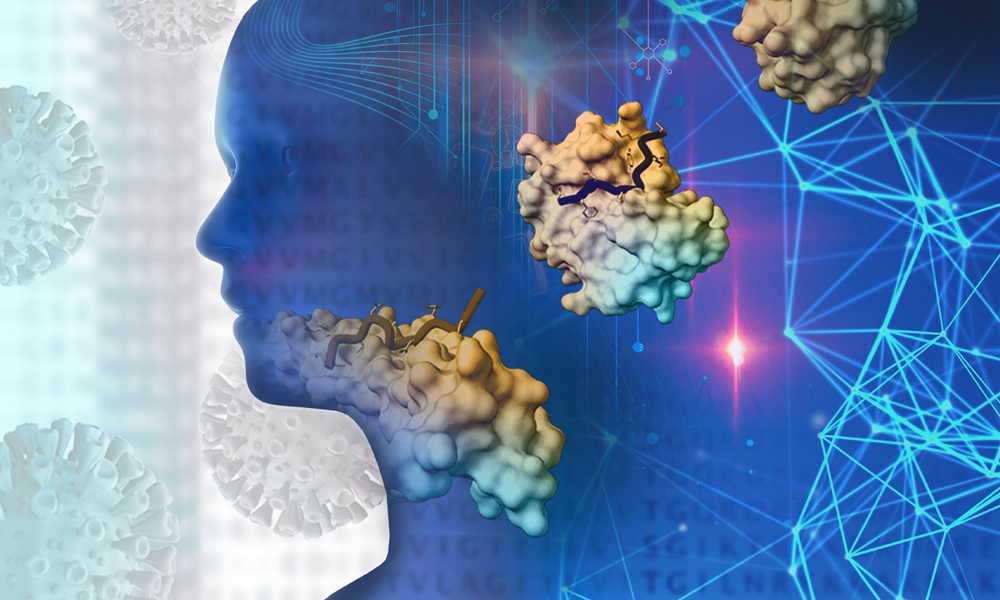Difference Between COVID-19 and Long Haulers
Coronavirus disease (COVID-19) and “long haulers” have similar symptoms such as tiredness, breathing difficulties, cognitive problems, and loss or distortion of taste and smell. Specifically, this syndrome is usually described as the persistence of COVID-19 symptoms three or four weeks after the acute COVID-19 infection’s onset. The following discussions delve into their differences.

What is COVID-19?
COVID-19 is caused by a newly discovered coronavirus strain called severe acute respiratory syndrome coronavirus 2 (SARS-CoV-2). A number of health experts believe that SARS-CoV-2 likely came from bats or pangolins (Goodwin, 2020). Since the first transmission to humans in Wuhan China, the virus has spread through person-to-person contact in around 222 countries (Worldometer, 2021).
COVID-19 affects individuals in varied ways and most patients develop mild to moderate illness and can recover without hospitalization. According to the World Health Organization (WHO, 2021), the most common symptoms are fever, dry cough, and tiredness. The less common symptoms include body aches and pains, loose bowel movement, headache, sore throat, conjunctivitis, loss of smell and/or taste, discoloration of fingers or toes, and rashes. The serious symptoms are difficulty breathing, chest pain or pressure, and loss of speech or movement.
The following are advised to prevent infection and slow down the transmission (WHO, 2021):
- Regularly wash hands with soap and water or use alcohol-based hand rub
- Maintain at least one meter distance with people who are sneezing or coughing
- Cover mouth and nose when sneezing or coughing
- Avoid touching your face
- Stay home if feeling sick
- Refrain activities that weaken the lungs such as smoking
- Practice physical distancing (stay away from crowds and avoid unnecessary travel)
Scientists are still developing treatments for COVID-19. Severely ill patients receive optimal supportive care through advanced respiratory support such as ventilation and oxygen therapy. Moreover, dexamethasone is a corticosteroid which has been shown to help lessen the duration on a ventilator and save the lives of those with severe illness (WHO, 2021).

What is Long Haulers?
Long Haulers is also known as “long COVID”, post-COVID syndrome, chronic COVID, and post-acute COVID-19 syndrome. This syndrome is usually described as the persistence of COVID-19 symptoms three or four weeks after the acute COVID-19 infection’s onset. It is divided into two periods; the first period is characterized by clinical and laboratory abnormalities that persists 4-12 weeks beyond the acute infection while the second period persists 12 weeks beyond the acute infection and is not due to alternative conditions (Infectious Diseases Society of America, 2021).
The lasting symptoms of coronavirus infection include the following (Johns Hopkins Medicine, 2021):
- Fatigue
- Breathing issues
- Cough
- Joint and muscle pain
- Chest pain
- Headache
- Cognitive problems (i.e., difficulty concentrating)
- Intermittent fever
- Rapid heartbeat/ heart problems
- Kidney damage
- Lost or distorted sense of taste and smell
- Mental Health Issues (i.e., anxiety, depression, stress, and grief)
The treatments for long COVID-19 include breathing exercises, physical therapy, medications, and holistic support.
Frequently Asked Questions
Which organs are most affected by COVID-19?
A review of COVID-19’s extensive effects outlines that the disease negatively impacts virtually all organs such as the following (Jain, 2020):
- Lungs (i.e., alveolar damage, airway inflammation, etc.)
- Heart (i.e., acute coronary syndrome, heart failure, etc.)
- Kidney (i.e., acute kidney injury, diabetes, etc.)
- Brain (i.e., meningitis, encephalitis, cerebral hemorrhage, etc.)
- Eyes (i.e., conjunctivitis)
- Gastrointestinal Tract (i.e., loss of appetite, distortion of taste, nausea, diarrhea, abdominal discomfort)
- Skin (i.e., acne, psoriasis, eczema, etc.)
What are the side effects of the COVID-19 vaccine?
Some people have no side effects. The common side effects include pain, redness, and swelling on the arm which you got the shot. Some people also experience tiredness, headache, muscle pain, chills, fever, and nausea. Serious side effects are extremely unlikely (CDC, 2021).
How long can COVID-19 vaccine side effects last?
The side effects usually occur within six weeks of receiving a vaccine dose and they should go away in a few days (CDC, 2021).
In what conditions does COVID-19 survive the longest?
Studies show that the novel coronavirus can live until 28 days on cool surfaces and dark areas. Another research concluded that the virus could live up to 9 days on human skin (McCarthy, 2020).
How long does it take for COVID-19 symptoms to occur after exposure?
The symptoms usually appear 2-14 days after exposure to the virus (Bell, 2020).
Difference between COVID-19 and Long Haulers
Definition
COVID-19 is a disease caused by a newly discovered coronavirus strain called severe acute respiratory syndrome coronavirus 2 (SARS-CoV-2). In comparison, “long haulers” is also known as “long COVID”, post-COVID syndrome, chronic COVID, and post-acute COVID-19 syndrome. This syndrome is usually described as the persistence of COVID-19 symptoms three or four weeks after the acute COVID-19 infection’s onset.
Symptoms
According to the World Health Organization (WHO, 2021), the most common symptoms of COVID-19 are fever, dry cough, and tiredness. The less common symptoms include body aches and pains, loose bowel movement, headache, sore throat, conjunctivitis, loss of smell and/or taste, discoloration of fingers or toes, and rashes. The serious symptoms are difficulty breathing, chest pain or pressure, and loss of speech or movement. Regarding long haulers, the lasting symptoms of coronavirus infection include the (Johns Hopkins Medicine, 2021) fatigue, breathing issues, cough, joint and muscle pain, and cognitive problems.
Treatment
Scientists are still developing treatments for COVID-19. Severely ill patients receive optimal supportive care through advanced respiratory support such as ventilation and oxygen therapy. Moreover, dexamethasone is a corticosteroid which has been shown to help lessen the duration on a ventilator and save the lives of those with severe illness (WHO, 2021). As for long haulers, the treatments include breathing exercises, physical therapy, medications, and holistic support.
COVID-19 vs Long Haulers

Summary
- COVID-19 and “long haulers” have similar symptoms such as tiredness, breathing difficulties, cognitive problems, and loss or distortion of taste and smell.
- “Long haulers” is usually described as the persistence of COVID-19 symptoms three or four weeks after the acute COVID-19 infection’s onset.
- Severely ill COVID -19 patients receive optimal supportive care through advanced respiratory support such as ventilation and oxygen therapy. As for long haulers, the treatments include breathing exercises, physical therapy, medications, and holistic support.
- Difference Between Hematoma and Melanoma - February 9, 2023
- Difference Between Bruising and Necrosis - February 8, 2023
- Difference Between Brain Hematoma and Brain Hemorrhage - February 8, 2023
Search DifferenceBetween.net :
Leave a Response
References :
[0]Bell, A. (2020). How long does it take for symptoms of COVID-19 to appear? Medical News Today. https://www.medicalnewstoday.com/articles/how-long-does-it-take-for-covid-19-symptoms-to-appear
[1]Centers for Disease Control and Prevention (2021). Possible side effects after getting a COVID-19 vaccine. https://www.cdc.gov/coronavirus/2019-ncov/vaccines/expect/after.html
[2]Goodwin, M. (2020). Coronavirus cause: Origin and how it spreads. Medical News Today. https://www.medicalnewstoday.com/articles/coronavirus-causes
[3]Infectious Diseases Society of America (2021). Post COVID/ Long COVID https://www.idsociety.org/covid-19-real-time-learning-network/disease-manifestations--complications/post-covid-syndrome/
[4]Jain, U. (2020). Effect of COVID-19 on the organs. Cureus. https://www.ncbi.nlm.nih.gov/pmc/articles/PMC7470660/
[5]McCarthy, M. (2020). How long can the novel coronavirus live on a surface? Healthline. https://www.healthline.com/health-news/how-long-can-coronavirus-live-on-a-surface-temperature-and-light-make-a-big-difference
[6]Worldometer. (2021). Countries where COVID-19 has spread. https://www.worldometers.info/coronavirus/countries-where-coronavirus-has-spread/
[7]World Health Organization (2021). Coronavirus. https://www.who.int/health-topics/coronavirus#tab=tab_2
[8]Image credit: https://commons.wikimedia.org/wiki/File:Corona_virus_Covid-19_FC.jpg
[9]Image credit: https://dailymontanan.com/wp-content/uploads/2021/03/SARS-CoV-2-SLiMs-1000x600-1.jpg
